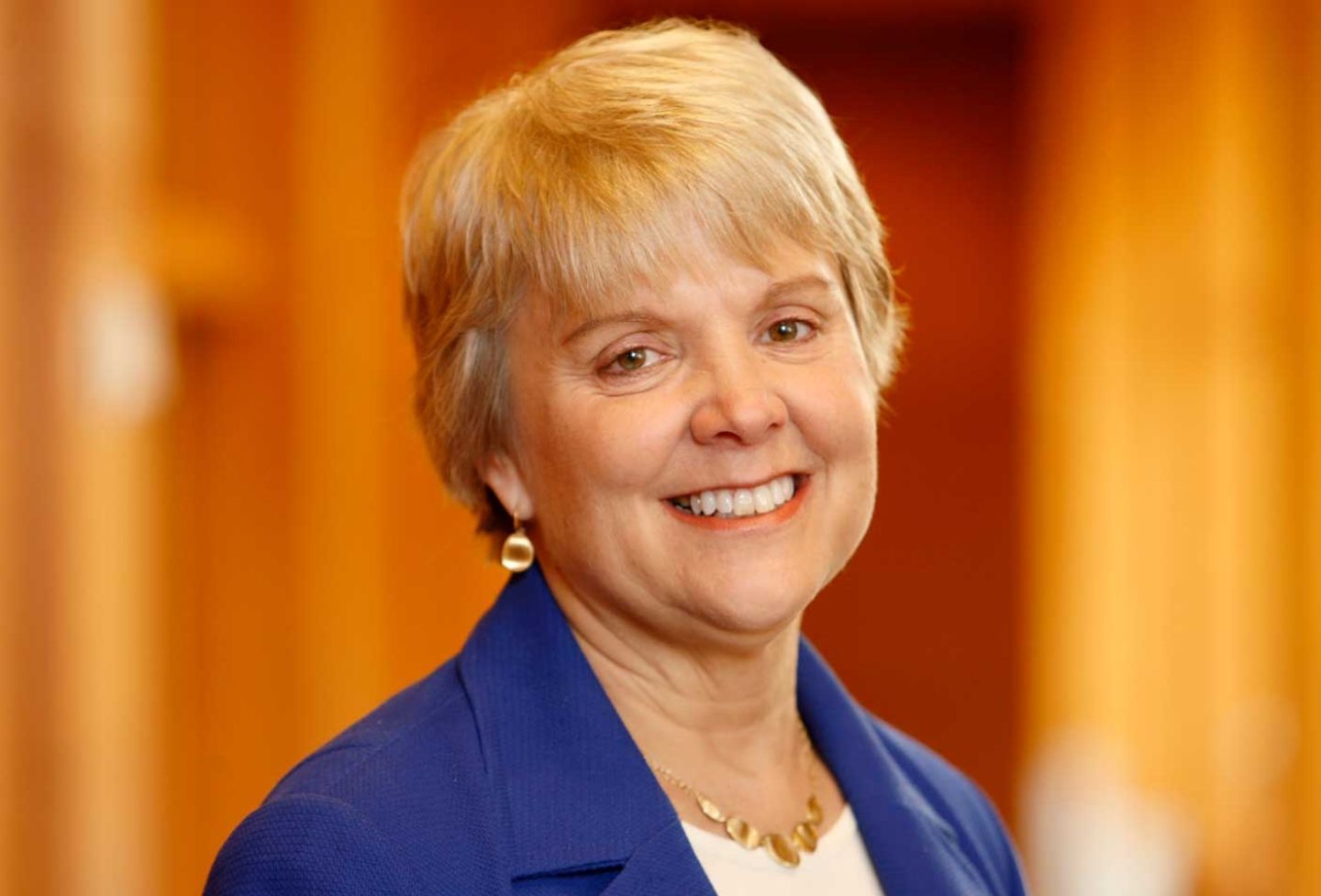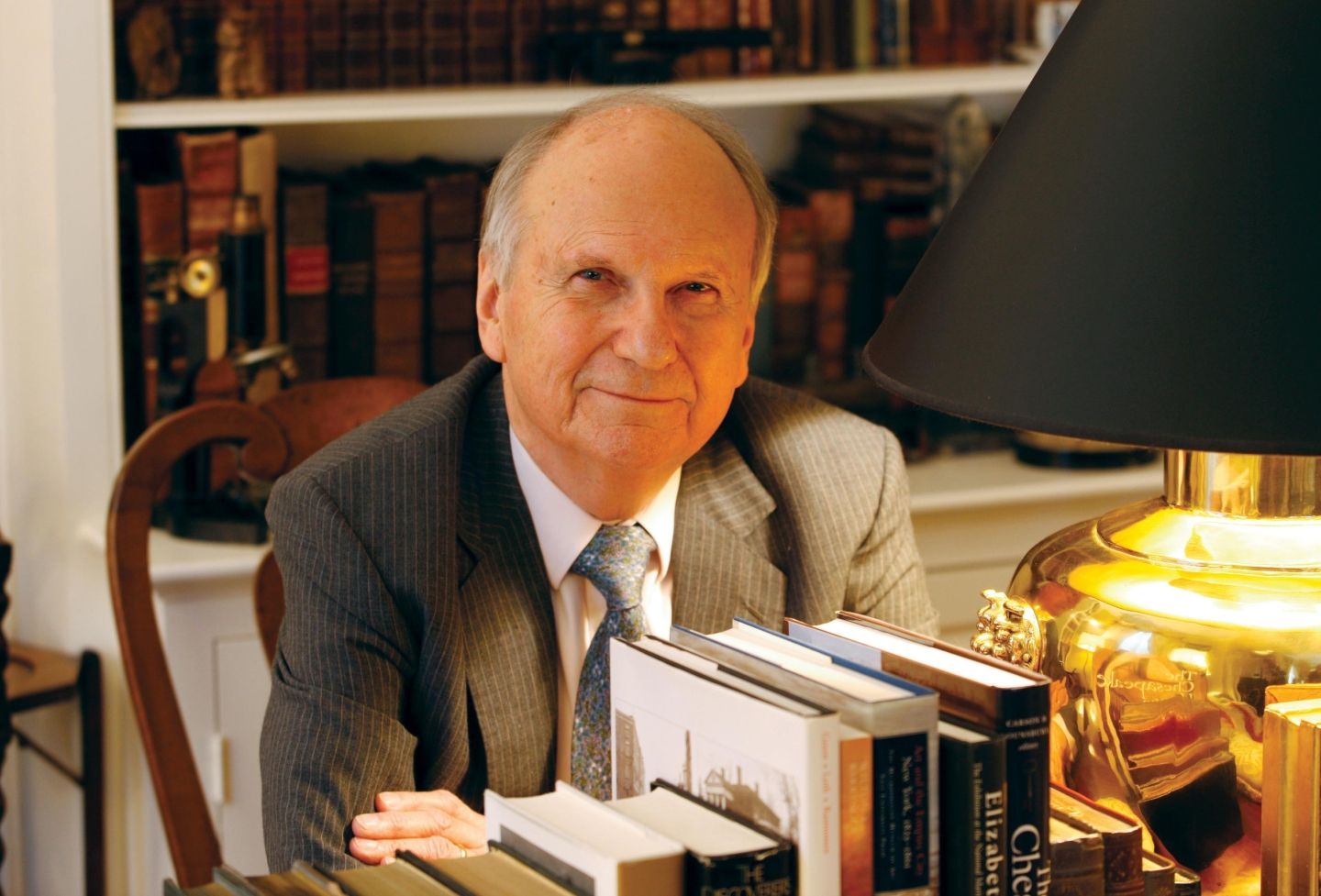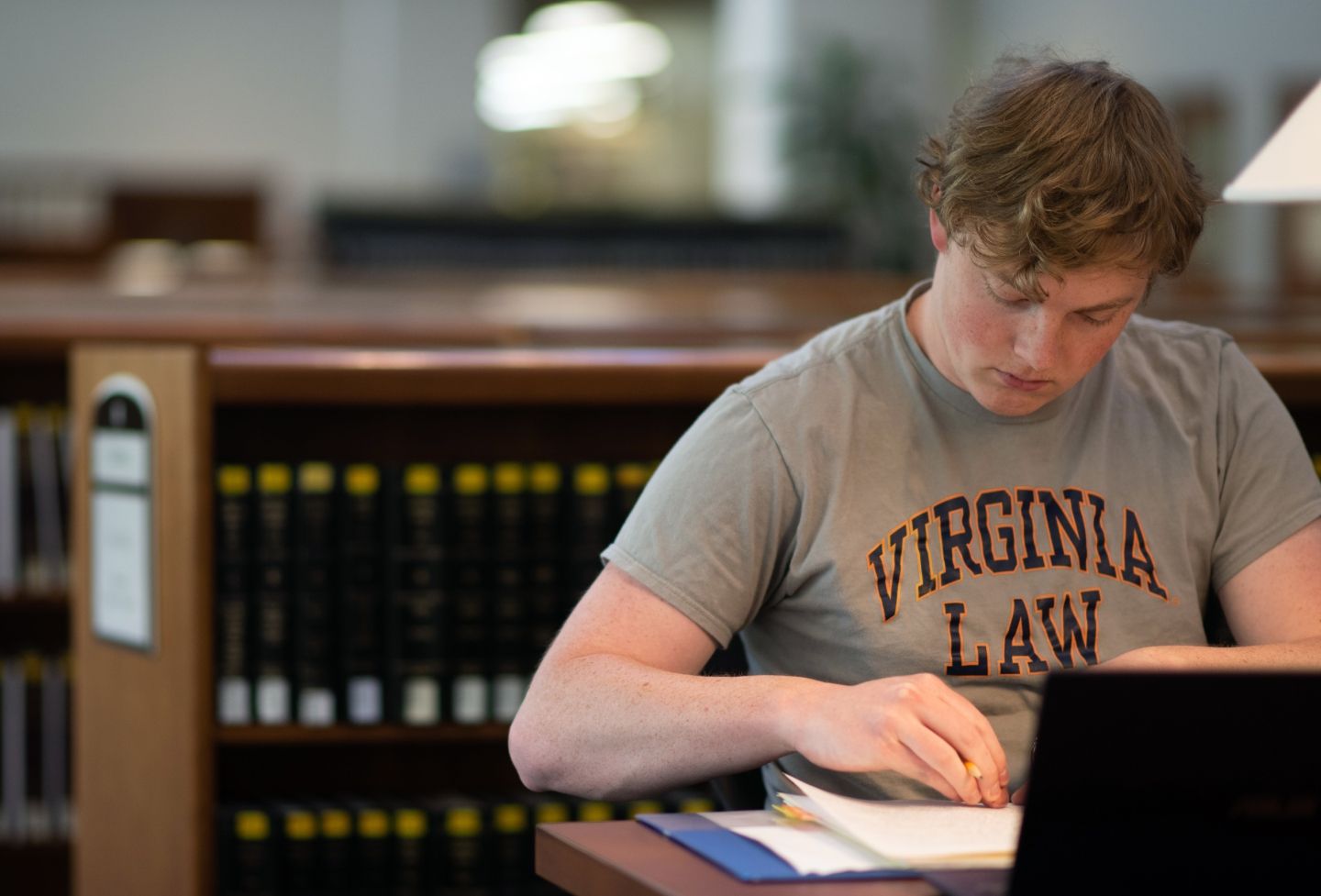Appellate Litigation Clinic students Sean Gray ’24 and Lauren McNerney ’24 won their case at the U.S. Court of Appeals for the Sixth Circuit last week when a panel of judges agreed their client had a constitutional right to pursue a civil rights sexual harassment claim through a jury trial.
Over Zoom in January, the students argued on behalf of Kyle Brandon Richards, a Michigan prisoner who sued the manager of his prison unit for sexual harassment, retaliation and destruction of property. When an incarcerated person has a civil rights claim, the Prison Litigation Reform Act requires that they first exhaust prison remedies before filing suit in federal court. However, Richards claimed he could not meet that exhaustion requirement because the unit manager tore up his complaints alleging sexual abuse.
Despite Richards’ request for a jury, a magistrate judge held an evidentiary hearing to decide whether Richards had exhausted his remedies.
“The unique problem here was that the factual disputes related to the exhaustion issue were intertwined with our client’s First Amendment retaliation claim,” McNerney said. “When the judge decided the exhaustion question, he also decided the merits of our client’s civil rights claim. The Seventh Amendment entitles the plaintiff to have a jury decide the merits of their claim, so that created the constitutional issue.”
Richards appealed the lower court order that threw out his case without a proper hearing. The clinic was appointed to answer whether the Seventh Amendment required that Richards’ claim be heard by a jury, rather than a judge.
In a decision announced March 19, the Sixth Circuit agreed with the students and explicitly disagreed with the previous leading precedent on this issue: a 2008 decision from the Seventh Circuit written by Judge Richard Posner.
“It was very satisfying to make sure our client will be heard by a jury, as the Constitution requires,” Gray said.
The students had less than two months to prepare their 15-page brief, a relatively tight filing deadline, according to Professor Scott Ballenger ’96, who directs the clinic with Hogan Lovells’ Cate Stetson ’94.
“We produced a first draft, gave it to Scott, and then we went through about 28 rounds of editing and redlining,” McNerney said. “That itself was a great experience, to see how he deconstructed sentences and reorganized the brief.”
The brief examined Supreme Court and Circuit precedent dealing with intertwined merits and jurisdictional issues, and the arcane rules of common law pleading, to explain how the right to jury trial would have been understood in 1789. For example, many of the prior cases had analogized exhaustion of remedies issues to the old common law “plea in abatement.” McNerney and Gray figured out that the better analogies are to a plea in bar or traverse, which would have required a jury trial.
In addition to preparing the written brief, the students worked with Ballenger, Stetson and others to research and think through the case as oral argument approached. They also discussed how to have conversations with clients and how best to approach those conversations with respect to the appeal strategies.
“One thing that quickly became apparent in the actual argument was how great the people who prepared us were,” Gray said. “A lot of the questions we heard in our practices came up one way or another.”
In the moot session, for example, Professor Thomas Frampton asked the students a question as “sort of a throwaway” as they wrapped up, Gray said.
“And then one of the judges came out with a more serious version of that question,” Gray said. “It was a very in-the-weeds issue. If we hadn’t gotten that question at the preparation stage, we might not have figured it out on the fly — although, I’d like to think we would have.”
The students also had to get comfortable arguing via Zoom, including how to make proper eye contact with the camera.
“Oral advocacy is, at its best, a conversation with the judges. It’s much easier to understand whether you’re having an effective conversation if you’re in the room with them — you can read their body language, maintain eye contact and see them leaning forward or back. You lose a lot of that over Zoom,” Gray said.
McNerney, on the other hand, found the distance reassuring.
“I think it helped my nerves a bit, to feel more comfortable being surrounded by peers and passing our notes across the table,” she said.
Their Sixth Circuit argument was not the first time Gray and McNerney had gone to “court” together — although it was their first time as co-counsel. They were actually paired against each other in their first-year oral argument exercises.
“I was happy Sean was on my team this time,” McNerney said.
The Zoom arguments took only about an hour, but the students expect the decision to have implications that last much longer.
“I think our case will be good precedent for incarcerated litigants who want their serious allegations to be heard by a jury, a vital procedural protection in our Constitution,” McNerney said.
After graduation, McNerney will clerk on the Supreme Court of Maryland for Chief Justice Matthew J. Fader. Gray will clerk on the U.S. District Court for the District of Rhode Island for Judge Mary S. McElroy.
Founded in 1819, the University of Virginia School of Law is the second-oldest continuously operating law school in the nation. Consistently ranked among the top law schools, Virginia is a world-renowned training ground for distinguished lawyers and public servants, instilling in them a commitment to leadership, integrity and community service.


